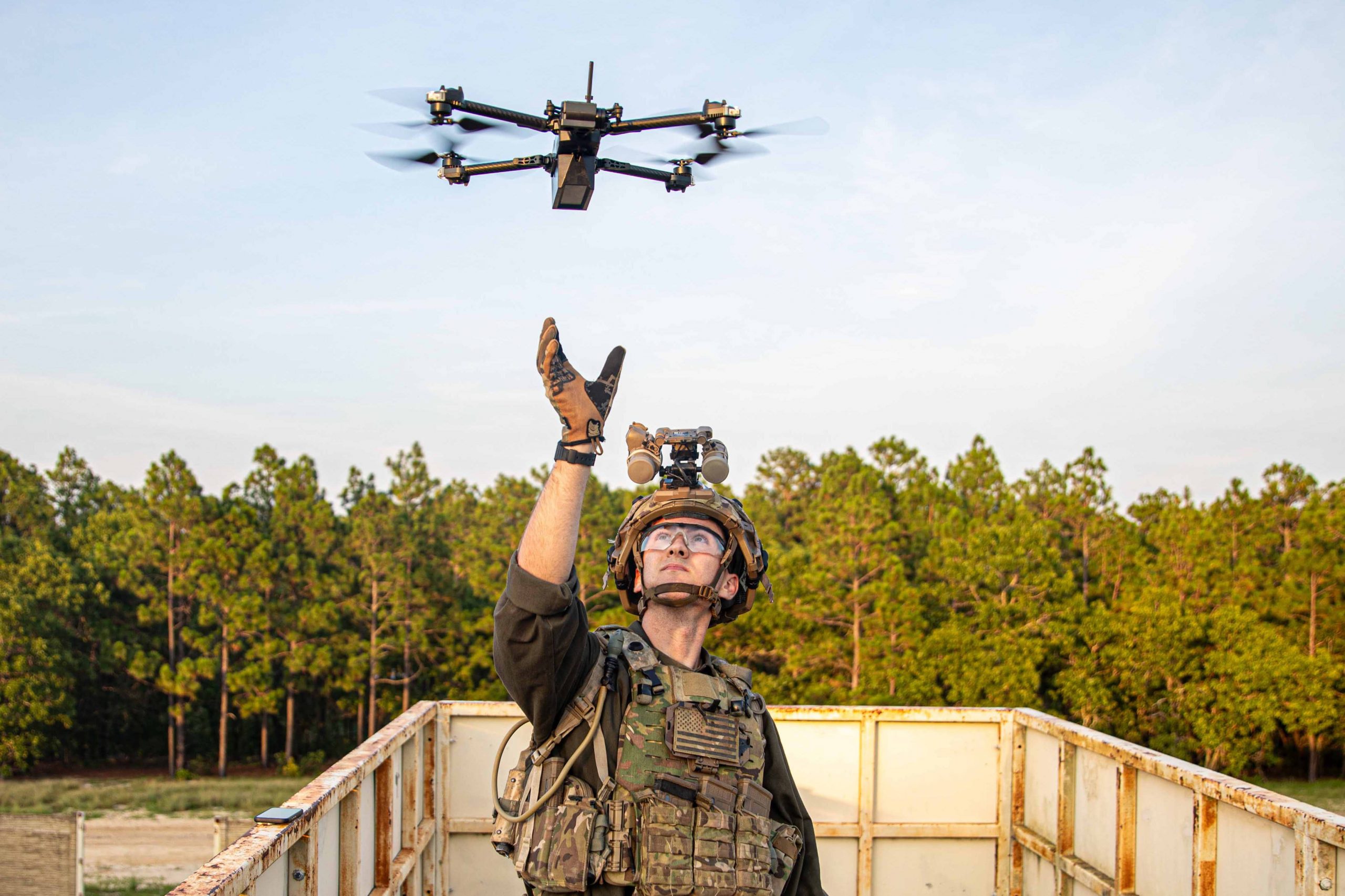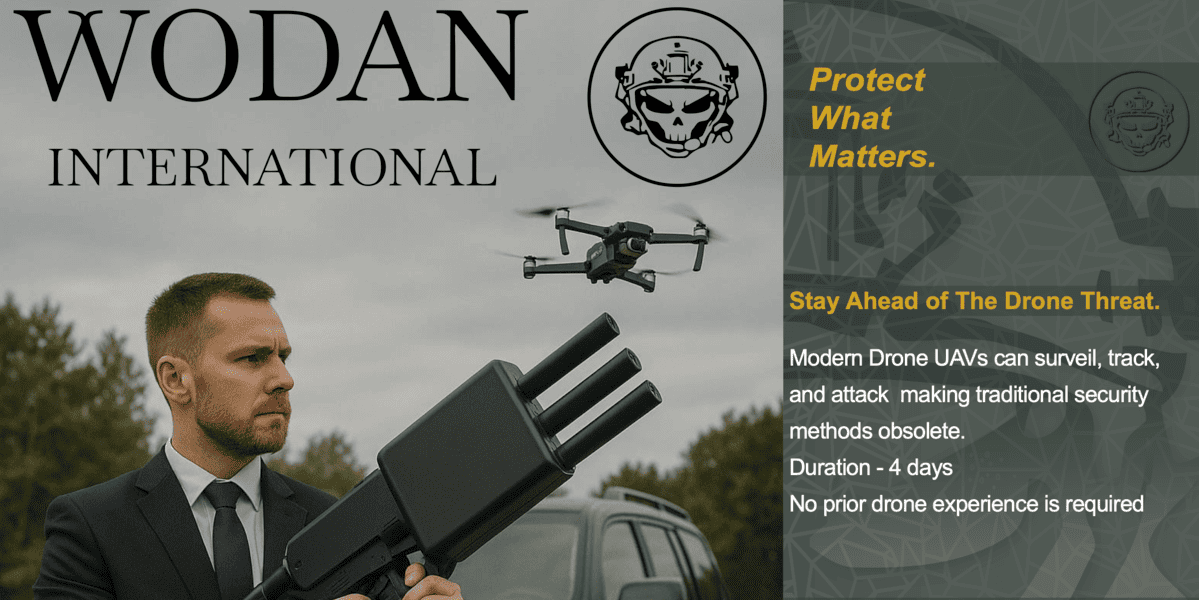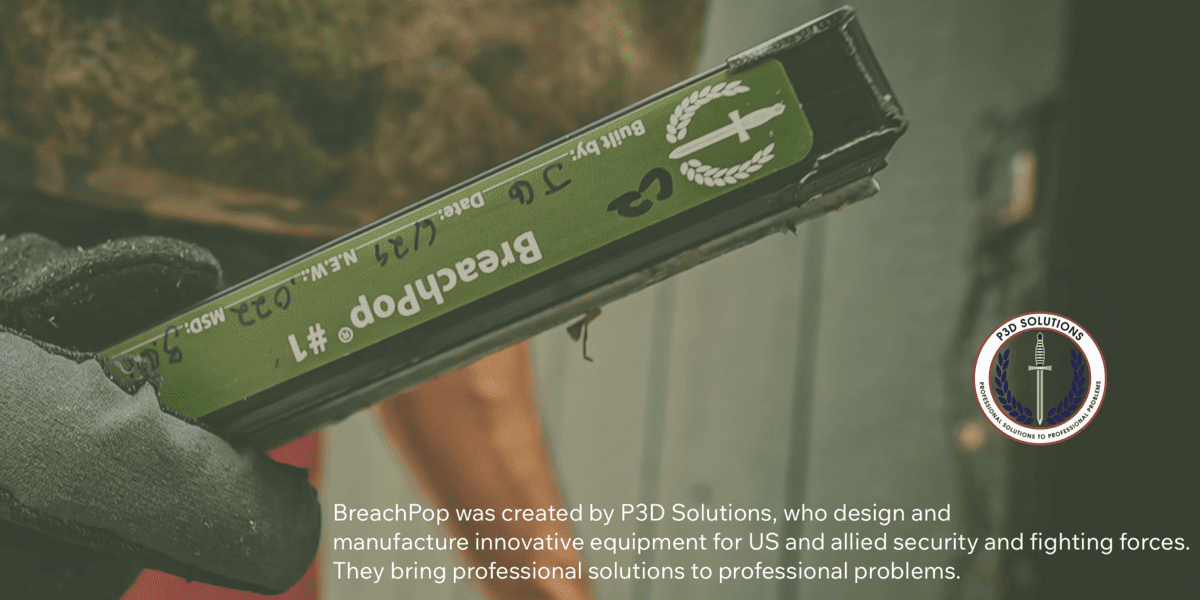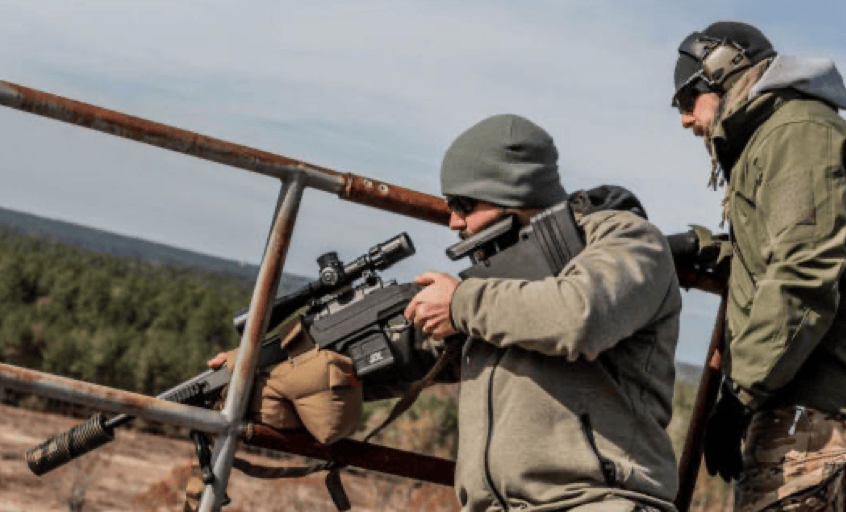
Thomas Lojek
Interview
How the Baltic States Prepare for Drone Warfare with Russia
6. November 2025
I am protecting my sources under the alias “The Operator.”
This interview is based on conversations with several local subject matter experts in the region.
Official Sponsors
Baltic states are preparing for a potential conflict with Russia that includes drones
Thomas Lojek: With Russia emerging as a growing threat and expanding its drone warfare capabilities, how are the Baltic states preparing for a potential conflict that includes drones?
The Operator: The militaries of the Baltic states are testing intensively to determine which defense systems are most effective against drones — particularly small combat drones that can cross the border to strike our operators, logistics, and military resources.
The results are mixed.
This is still a relatively new domain of modern warfare.
Some defensive measures have proven effective and reliable within specific contexts.
Others show promise but require further investigation.
And some simply do not work at all.
It can be a frustrating process, but one that must be undertaken with the Russians so close to our borders.
Russia is advancing rapidly in drone warfare.
They are gathering vast amounts of information, technological improvements, and real-world experience through their campaign in Ukraine, as well as with the support of allies such as Iran and China.
That is a dangerous combination for the Baltic states — and for Europe as a whole — because we lack both the field experience and the operational data to adapt quickly to the type of drone warfare Russia is now capable of deploying.
That is why we are testing now — everything, and every possible scenario.
That is a dangerous mixture for the Baltic states so close to Russia as well as for Europe because we simply do not have the field experience nor the data to adjust to the kind of drone attacks Russia now is capable of.
This is why we are testing now.
Everything, and every possible scenario.
The full range of counter-drone measures operations
Thomas Lojek: What is being tested during counter-drone research in the Baltics?
The Operator: We are testing the full range of established and emerging counter-drone measures — from heavy machine guns and surface-to-air missiles to net guns, interceptor drones, and jamming technology.
Saab is supplying a portable, short-range, laser-guided anti-aircraft missile system that includes advanced features such as anti-jamming, target tracking, and a thermal imaging system for night operations.
All of that looks promising.
But often, at close range, it comes down to something as simple as a shotgun.
We have all seen the footage from Ukraine, where soldiers used light weapons — especially shotguns — to shoot down drones just before impact.
It’s a last resort, but it works.
We are learning a lot from those experiences.
Entire crews here are now training for exactly those kinds of scenarios.
Shotguns as countermeasure against drone?
Thomas Lojek: So — could regular firearms be the best countermeasure against drones in the field instead of costly high-tech systems?
The Operator: We don’t have enough data to make that claim.
It all depends.
As a soldier in combat you might be better off with a shotgun when a drone is right in front of you.
But it would be a mistake to reduce a complex combat environment to the slogan “shotgun is the best countermeasure against drones.”
In war you use what you have at hand and what makes sense for the specific tactical situation.
Drones are constantly evolving; they remain a relatively new weapon category.
We need to study, learn and adapt — continuously.
That said, we are actively monitoring the effectiveness of small arms and shotguns against close-range drones, and we train operators to handle those scenarios.
How this will reshape the operational landscape in the emerging drone war remains to be seen.
It’s learning by doing.
At the same time, we must integrate a range of measures into our counter-drone portfolio.
There is no one-size-fits-all solution.
Every soldier with an extra shotgun for drone encounters?
Thomas Lojek: How can soldiers adapt more effectively to the drone threat?
The Operator: With more data and field experience, Western defense engineers can move quickly to develop creative solutions.
The knee-jerk idea — issue every soldier an extra shotgun for drone encounters — sounds simple, but it’s impractical: costly, a logistical burden, extra weight for the operator, and it forces a weapon switch in seconds under stress, which is risky in combat.
Instead, industry is looking at solutions informed by ammunition and data analysis.
For example, there are already options that allow a rifle to use a magazine loaded with projectiles that perform like a short-range scatter pattern — effectively giving a shotgun-like effect without carrying an extra weapon.
That approach keeps the loadout simple while giving soldiers the capability they need.
The right path is to analyze the data, explore different interpretations, and iterate toward innovative answers.
Innovation is the game we must win — faster and smarter than the Russians.
Does Europe need a “drone wall?
Thomas Lojek: Does Europe need a “drone wall,” as many experts and politicians now demand?
The Operator: The best drone wall is deterrence — to make Russia think twice.
That, however, requires political commitment, which Europe currently lacks.
Still, let’s stay on the operational side.
Russia is effective at observing, learning and then adapting, often fielding large numbers of relatively low-cost systems.
That combination is worrying: what if Russia one day launches thousands of cheap drones in a single strike?
Europe, given slow procurement and bureaucratic processes, could struggle to cope.
So we need layers.
Complex and sophisticated air-defence systems must be developed, but they take time, money and integration.
To buy time and deliver capability now, we should also deploy simple, scalable measures:
flak systems (a proven concept for more than a century), heavy machine guns, interceptor drones and shotgun teams for close-range threats.
Those options are relatively cheap to produce, simple to train for and fast to field.
Once a basic, rapidly deployable line of defence is established, we should accelerate development and deployment of advanced systems that provide a qualitative edge over Russia’s massed but technologically inferior approach.
In short: deterrence, easy-to-apply basic measures, and advanced technology — layered together — is the practical “drone wall” that makes sense within the tight time frame we face.







